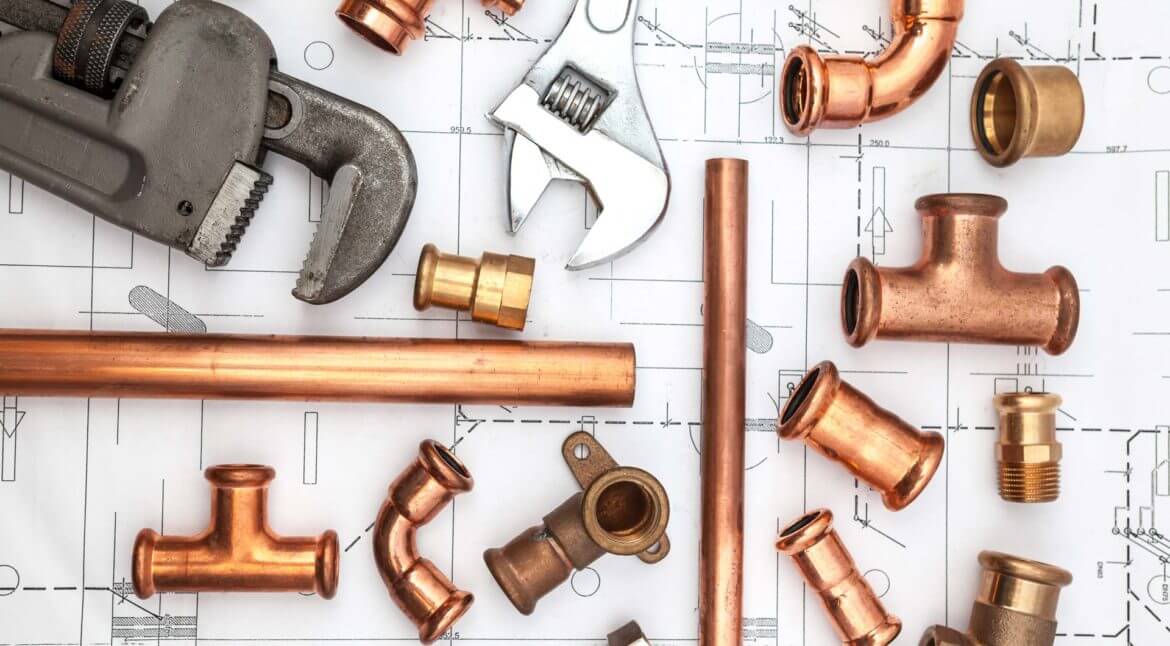A family generally spends one-third of the yearly cooling and heating budget on the air that enters the house through leaks, cracks, and gaps. This often gets ignored by us. Do you know how much money you are wasting in a year?
Sealing air leaks is a very cost-effective way to conserve energy. The energy mainly drains from the attic, and as such, you have to manage that area and then take a note of the basement.
What is air leakage?
Leakage of air happens when air from outside enters the room and conditioned air escapes through leaks and cracks. Are you relying on air leakage as a source of ventilation? If yes, then you are wrong because conditioned air passes out of your property which is adding to your energy bills and the air indoors becomes of poor quality.
Air leakage also leads to moisture problems and the durability of the structure is compromised. Our skilled technicians in Chicago works efficiently on sealing air leaks because we know that DIY is not always what you want but a trusted plumbing contractor.
Areas of air leakage
In older homes, there are many hidden air leaks and some of the common sites are:
- The place from where the chimney is penetrating through exterior walls and insulated ceilings.
- Plumbing through insulated ceilings and floors.
- Attic hatches and fireplace dampers
- Door and window moldings.
- The area where the plaster is missing.
- Recessed fans, lights and wiring penetrations etc.
The best materials for sealing these leaks depend on the size and location of the gaps. We have a group of specialist plumbers to find and assess the air leak and suggest you a quick fix to it.
Quick Tips for Sealing Air Leaks
Here are a few quick tips from our Plumbers 911 expert team so that you don’t have any more air leaks in your property.
- The airtightness of your home should be tested.

- Weather-strip and caulk the windows and doors and other places from where the air is leaking.
- Install foam gaskets at the back of the outlet and switch plates on the wall.
- Find out the unclean spots in the insulation for mold and air leaks. Use low-expansion spray to seal the leaks and you can also install flashing.
- Find the dirty spots in the carpet and ceiling paint and if you find any leaks, use caulk.
- Replace the single-pane windows with double-pain ones.
- Inspect the window section for gaps, and if gaps are larger on baseboards and windows etc, use sealant.
- The exhaust fan in the kitchen must have a cover.
- Make sure your dryer vent is not blocked for energy savings.
- Replace thresholds and door bottoms with the ones that have sealing gaskets.
If you are interested in doing it yourself, take precautions prior to working in the attic. In case you are opting for a DIY solution, make sure you climb up the attic on a cool day and wear all types of protective gears like gloves, disposable clothes, half-face respirator and double elastic mask. You must take all precautions to avoid any unwanted situation. It is advisable to consult experts, and our skilled contractors in Chicago is ready to serve you with the best and yet cost-effective service.


